Cuba-Japan Film Creation Resurrected
By Irina Echarry, Photos: Caridad
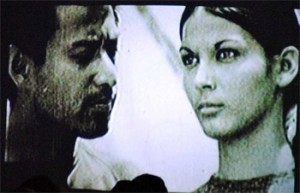
HAVANA TIMES, Nov 23 — When Kazuo Kuroki decided in 1968 to make a film in Cuba, he was an avant-garde filmmaker known only for his first film, Silence Has No Wings.
Inspired by the arrival of Nippon fishermen to the island in their search for tuna, Kuroki developed the plot for the film.
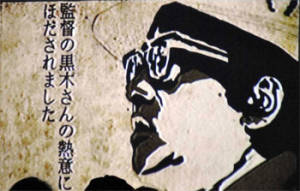
In it, a Japanese fisherman named Akira falls in love with a young Cuban tobacco grower, Marcia, who is becoming increasingly involved in the whirlpool of activities to defend the island during that period.
Those were years in which uniformed people marched through the streets, everyone learned to handle a rifle and it was commonly believed that we would soon be attacked by the US.
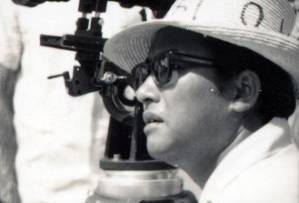
The Cuban Film Institute (ICAIC) decided to help Kuroki in the filming, but the movie would be approached as a “collaborative effort” and thus doesn’t appear listed as a Cuban production or co-production.
Few people knew about the only Cuban-Japanese co-production: La novia de Cuba. It was a film that hardly needed to be staged since it was exactly like the Cuba of that time: naive, lively and romantic.
In February 1969 the film about the romance between Akira and Marcia premiered in Japan in a closed exhibition under the auspices of the Japanese Communist Party.
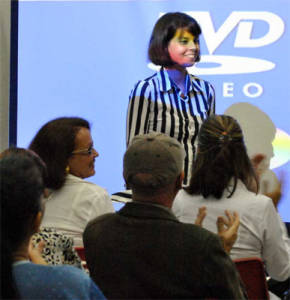
Forty-three years later, through the memories of the actresses and crew members who are still living in Cuba, filmmaker Alan Garcia Marian weaves a documentary film that saves the original movie from fading into oblivion.
With the title “Akira’s Girlfriend” (Spanish: La novia de Akira), the material traces the history of the casting, the relations between the Cubans and the Japanese, the reactions of the foreigners to the unknown, the experiences of the actresses (who were no longer connected to the film world) and the impressions left by this shooting on everyone who participated.
In addition to getting the opinions of various figures related to ICAIC concerning the broader context within which the film was made, one can also learn the viewpoint of the actor Masahiko Tsugawa who played Akira.
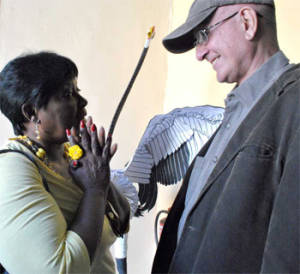
Although the lead actress traveled to Japan to promote the film, the Cubans who participated in this film never found out if it was completed, if it had shown on the big screen.
A curious detail is that the producer of the film’s soundtrack, Roberto Valera, when discussing his putting to music of Fredrico Garcia Lorca’s poem Ire a Santiago (I’m Going to Santiago), said “I never saw the movie, I don’t know if they made it or not, but it left me the most popular song I ever made.” After a while this song became a classic piece of Cuban choral works.
But it’s never too late, as the old saying goes. Fortunately, on Saturday, November 12, after the premiering of the documentary — and thanks to it — the intimate gathering of the people who attended were able to enjoy the original film at the Asia Museum on the Japanese Culture Day.





